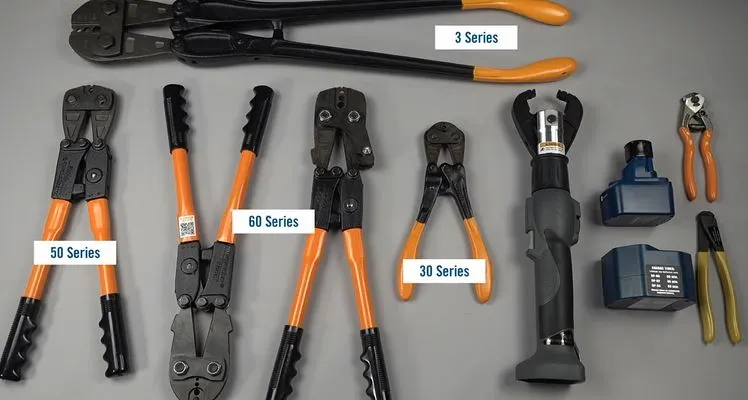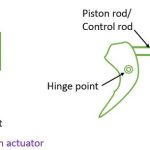If you’re interested in becoming a maintenance engineer, or if you’re already working in the field, you know that precision and attention to detail are essential skills. Swaging tools are an important part of any maintenance engineer’s toolkit, as they are used for shaping and resizing metal components with accuracy and efficiency.
Whether you’re working with plumbing systems, HVAC units, or industrial machinery, swaging tools can help you make repairs and modifications quickly and effectively.
In this article, we’ll take a closer look at swaging tools and their role in maintenance engineering. We’ll cover the basics of what swaging is, the different types of swaging tools available, and how to use them for various applications. We’ll also discuss some tips and best practices for using swaging tools safely and effectively.
By the end of this article, you’ll have a better understanding of how swaging tools can help you become a skilled maintenance engineer and how you can incorporate them into your work.
What is a swaging tool?
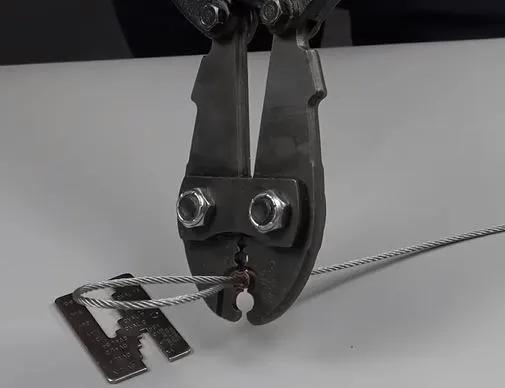
A swaging tool is a device used to shape or resize metal tubes, rods, or wires by compressing or reshaping their ends. The process of swaging involves using a tool to apply pressure to the material, causing it to conform to the desired shape or size.
Swaging tools come in a variety of shapes and sizes, depending on the application. Some common types of swaging tools include hand-held pliers, bench-mounted machines, and hydraulic presses. Some swaging tools are designed for specific applications, such as cable swaging tools for creating loops and terminations in wire rope.
Swaging is commonly used in industries such as aerospace, automotive, construction, and marine, where metal components need to be precisely shaped and sized for a variety of applications. Swaging is also used in jewelry making and other crafts where wire and tubing need to be shaped and formed.
Types of swaging tools
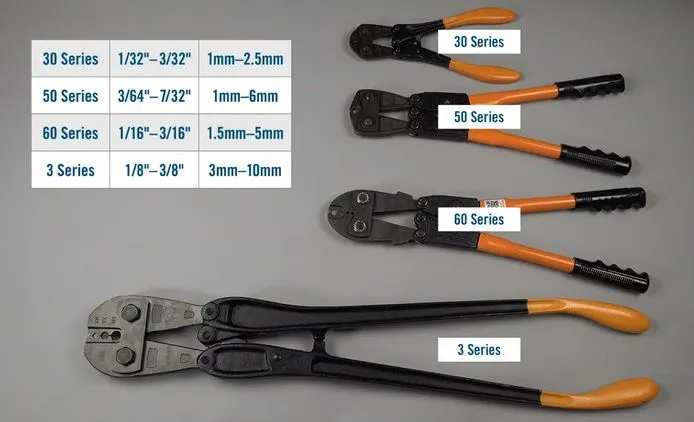
There are several types of swaging tools available, each designed for a specific application or industry. Some of the common types of swaging tools include:
- Hand-Held Swaging Pliers: These are compact and portable tools that are designed to be used with one hand. They are ideal for working with small-diameter tubings, such as those used in jewelry making or hobby projects.
- Bench-Mounted Swaging Machines: These are larger and more powerful swaging tools that are mounted to a workbench or table. They can accommodate larger diameter tubing and are typically used in manufacturing, construction, and aerospace industries.
- Hydraulic Swaging Machines: These are heavy-duty machines that use hydraulic power to apply high levels of pressure to metal tubing. They are used for swaging larger diameter tubing or for heavy-duty applications.
- Cable Swaging Tools: These are specialized tools used to create loops and terminations in wire rope. They are commonly used in industries such as marine, construction, and oil and gas.
- Tube End Forming Machines: These are swaging tools that are designed to create complex shapes and curves at the end of metal tubing. They are used in industries such as automotive, aerospace, and medical device manufacturing.
The choice of swaging tool will depend on the specific application, the diameter and type of material being used, and the level of precision required. It is important to select the appropriate swaging tool for the job to ensure a safe and effective result.
applications of swaging tools in the aerospace industry?
Swaging tools are widely used in the aerospace industry for a variety of applications. Some of the common applications of swaging tools in the aerospace industry include:
- Aircraft Structural Components: Swaging is used to create strong and durable joints between metal tubes, rods, and cables used in aircraft structural components such as wings, fuselage, landing gear, and control surfaces.
- Hydraulic and Pneumatic Systems: Swaging is used to create leak-free and high-pressure connections between metal tubes used in hydraulic and pneumatic systems in aircraft.
- Electrical Systems: Swaging is used to create reliable and durable connections between electrical wires and cables used in various aircraft systems such as avionics, lighting, and communication systems.
- Engine Components: Swaging is used to create precision connections and fittings for engine components such as fuel lines, oil lines, and hydraulic lines.
- Safety Restraints: Swaging is used to create strong and reliable connections for safety restraints such as seat belts and harnesses used in aircraft.
Swaging tools are essential for ensuring the safety and reliability of aircraft systems, as well as reducing the weight and cost of aircraft components by creating precise and strong joints.
How to use swaging tools
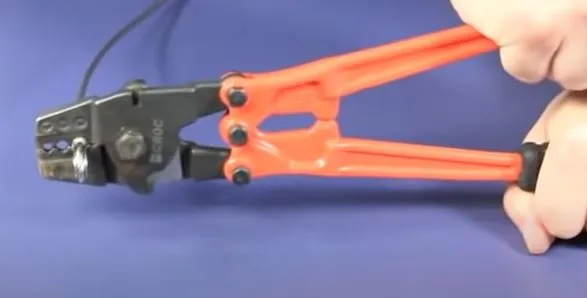
Using a swaging tool typically involves the following steps:
- Prepare the Material: Cut the metal tube, rod, or wire to the desired length and remove any burrs or rough edges from the cut ends.
- Choose the Right Size and Type of Swaging Tool: Select a swaging tool that matches the diameter and shape of the material you are working with. There are different types of swaging tools available depending on the specific application, such as hand-held pliers, bench-mounted machines, and hydraulic presses.
- Insert the Material into the Swaging Tool: Place the cut end of the material into the swaging tool, making sure it is inserted all the way to the back of the tool.
- Apply Pressure: Use the handles of the swaging tool or the hydraulic pump to apply pressure to the material. The pressure should be sufficient to compress or reshape the end of the material.
- Check the Result: Release the pressure and remove the material from the swaging tool. Check to ensure that the material has been properly swaged to the desired shape or size.
- Repeat as Necessary: Repeat the swaging process as needed to achieve the desired result, making sure to use the correct size and type of swaging tool for each step.
Safety procedure necessary to maintain when using a swaging tool
It is important to follow proper safety procedures when using swaging tools, such as wearing protective gloves and eye protection, and reading and following the instructions provided by the manufacturer.
Swaging tools are used for shaping and crimping metal, and it’s important to follow proper safety procedures when using them to avoid injury. Here are some general safety guidelines that should be followed:
- Wear appropriate personal protective equipment (PPE) such as eye protection, gloves, and ear protection.
- Inspect the swaging tool before use to ensure that it is in good condition, with no visible defects or signs of wear and tear.
- Use the swaging tool only for its intended purpose, and do not use it for tasks that it is not designed for.
- Ensure that the metal being swaged is properly secured and supported and that there are no obstructions that could interfere with the swaging process.
- Use the appropriate size and type of die or mandrel for the job, and make sure it is securely attached to the swaging tool.
- Always keep your hands and other body parts clear of the swaging tool while it is in operation.
- Use proper body mechanics when operating the swaging tool, and avoid overexertion or awkward postures.
- If the swaging tool malfunctions or becomes damaged during use, stop using it immediately and inspect it for any signs of damage or wear.
- When finished, clean and store the swaging tool in a safe and secure location, away from moisture and extreme temperatures.
Remember that the above guidelines are general and not specific to any particular type or brand of swaging tool. Always consult the manufacturer’s instructions and follow their recommendations for the safe use and maintenance of the tool.
In conclusion, swaging tools are a valuable asset for any maintenance engineer looking to achieve precision and efficiency in their work. By incorporating swaging tools into your toolkit and learning how to use them effectively, you can become a skilled maintenance engineer and advance in your career.
We hope this article has provided you with the information and resources you need to get started with swaging tools and take your maintenance engineering skills to the next level.
